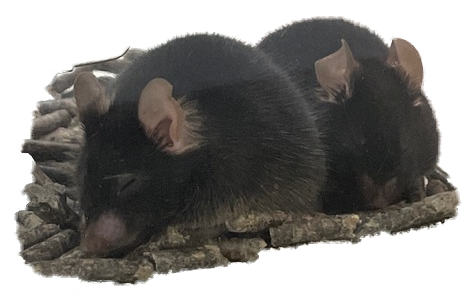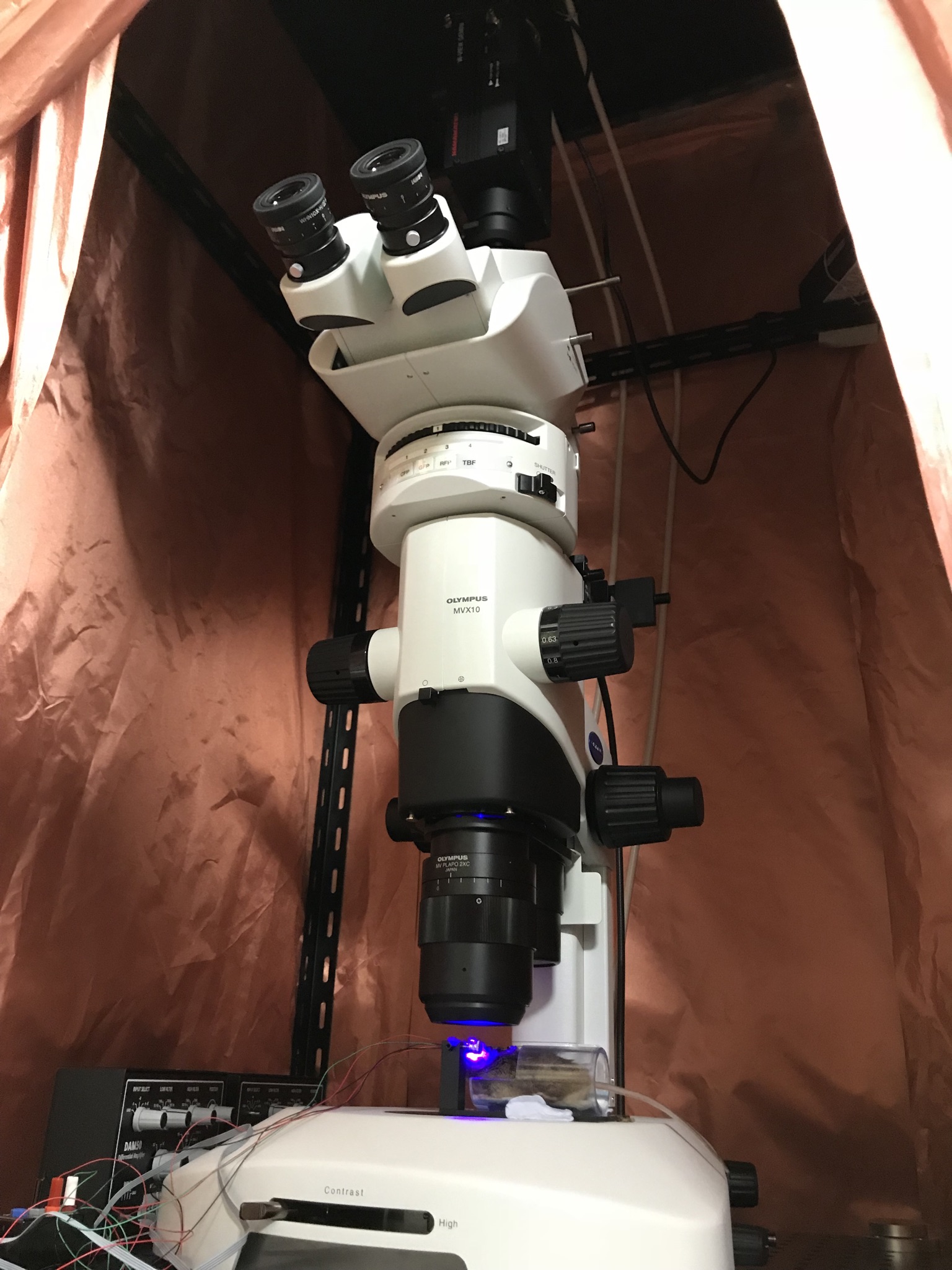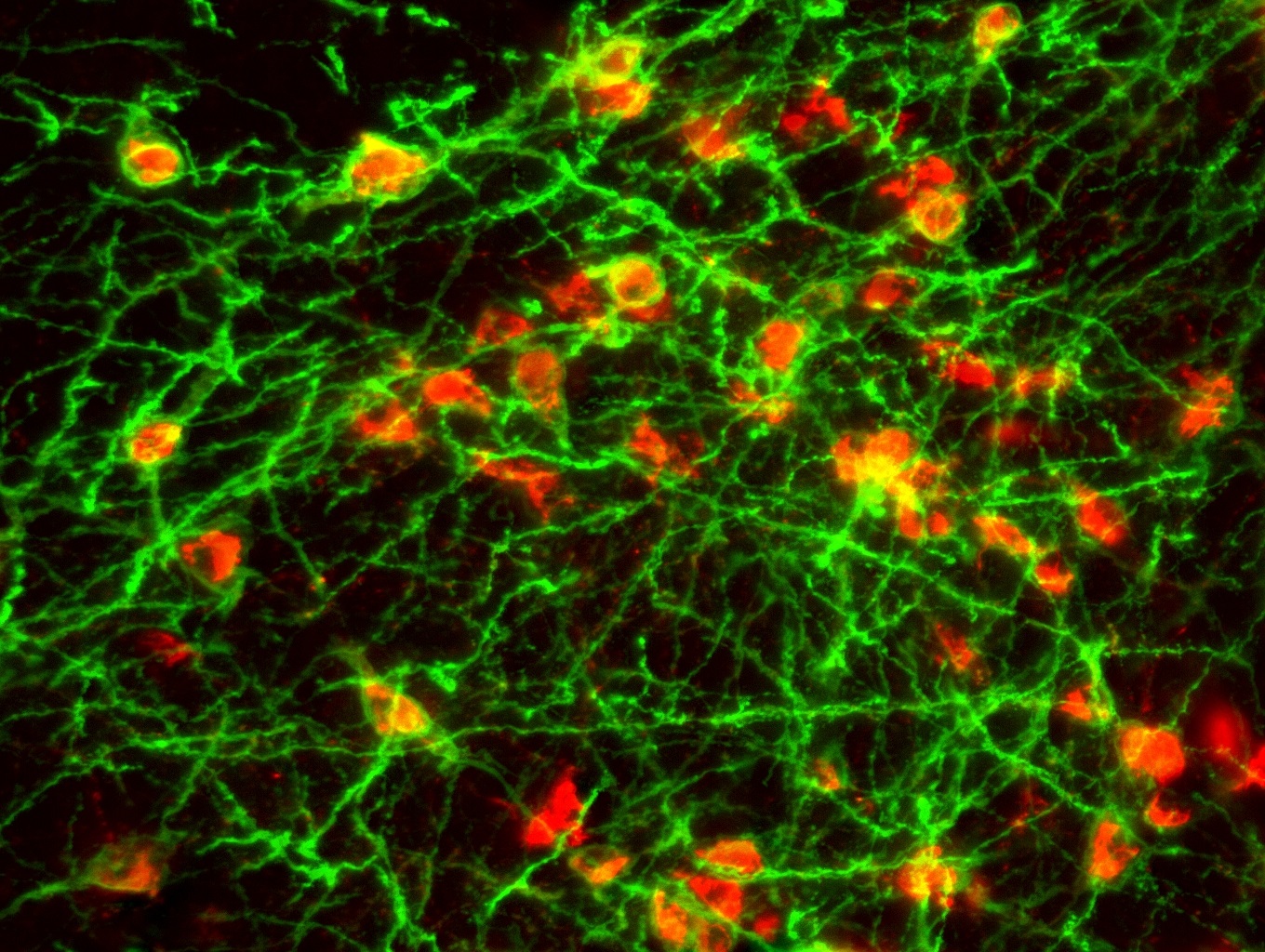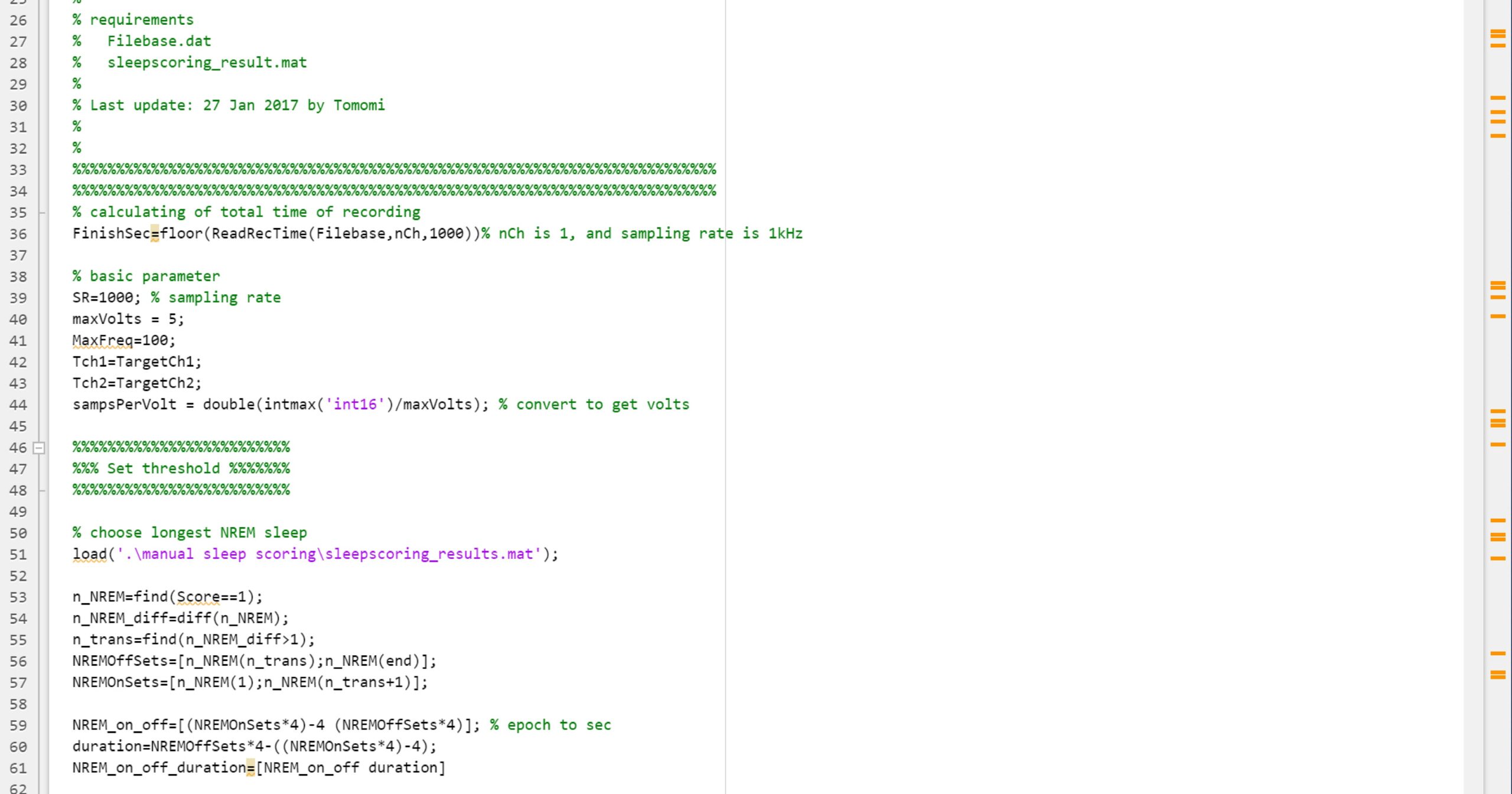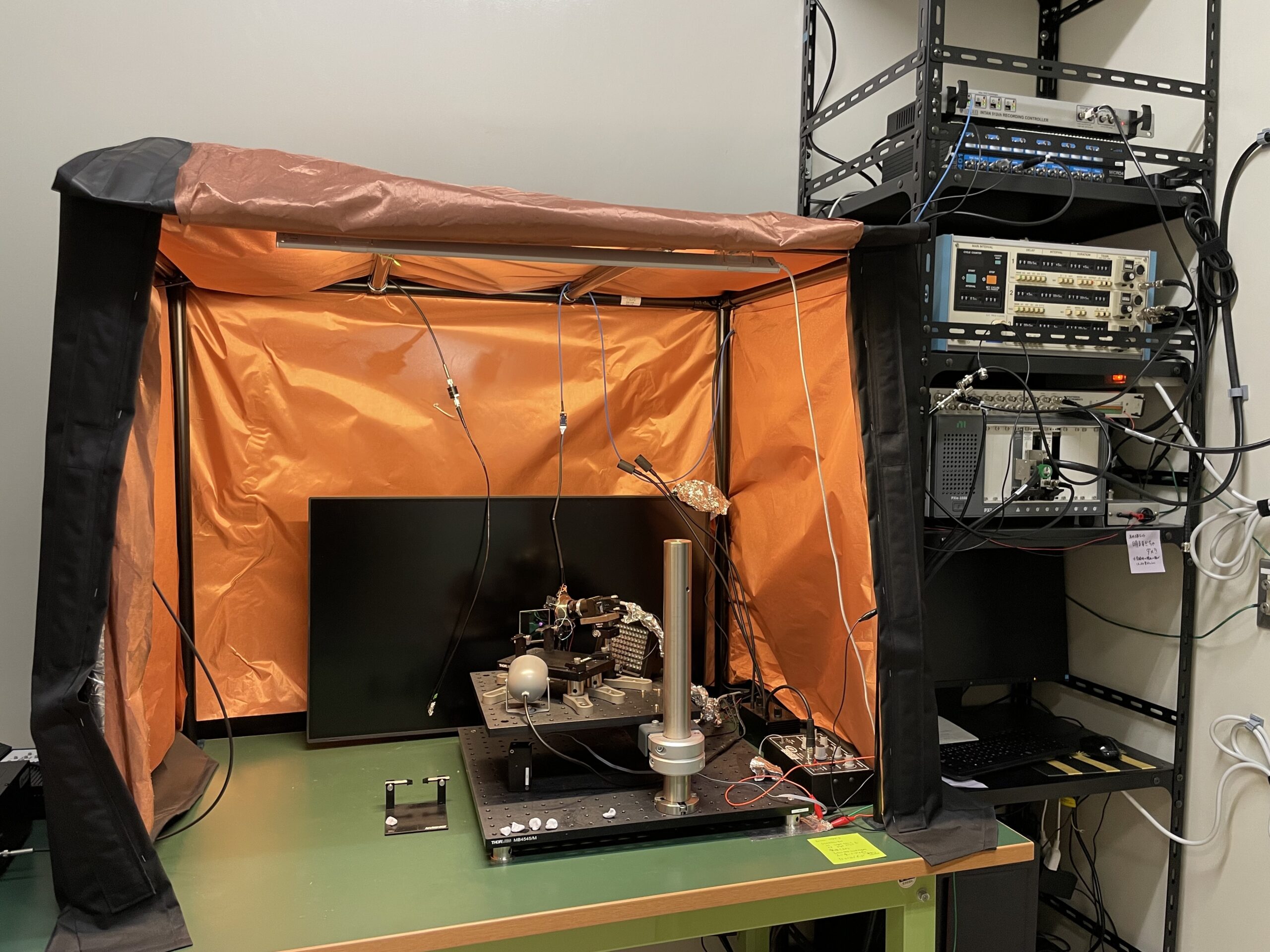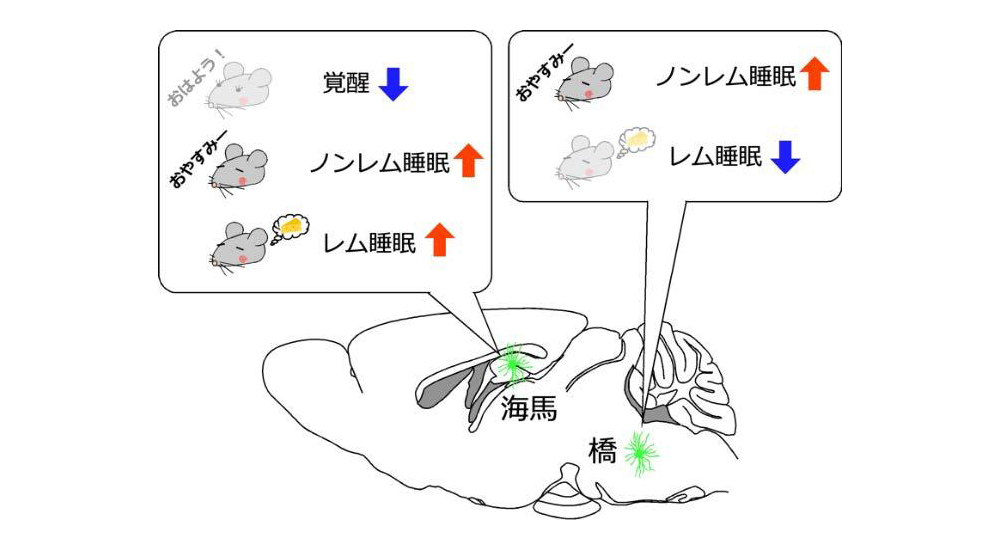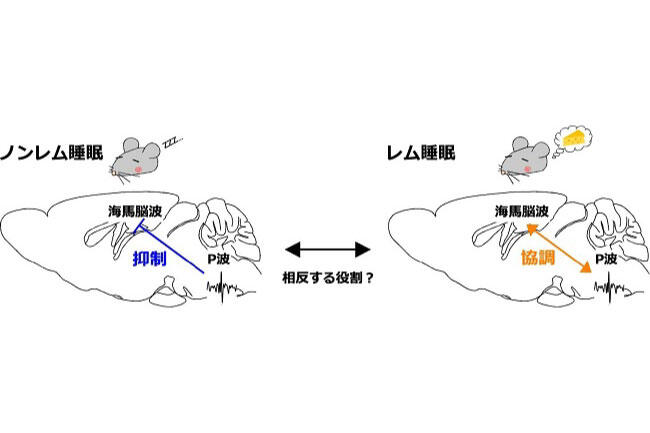TSUNEMATSU Tomomi
Associate Professor
Dreams: how and why they happen
Department of Biological Sciences, Behavioral Neurobiology

| Theme | Investigating the neural mechanisms of dreaming and the physiological function of dreaming using genetically engineered mice |
| Field | Neuroscience, Sleep research |
| Keyword | Sleep, Rapid eye movement (REM) sleep, Dreams, Electroencephalogram (EEG), Ponto-geniculo-occipital (PGO) waves, Brain, Neuron, Memory, Genetically engineered mice, Electrophysiology, Optical imaging, Optogenetics, Programming |
Introduction of Research
If we sleep eight hours a day, we spend as much as one-third of our lives sleeping. Why do we sleep? Why do we dream? Why do we have rapid eye movement (REM) and non-REM sleep? We are still unable to correctly answer such fundamental questions. In our laboratory, we perform research to answer these questions using genetically engineered mice (Photo 1). We aim to clarify the neural mechanisms and physiological functions of dreams, in particular. To this end, we are conducting research using various techniques, including large-scale extracellular recording (Photo 2), which can record a large number of neural activities at once; optical imaging (Photo 3), which records dynamics in intracellular ion concentrations; optogenetics (Photo 4), which controls neural activities through light illumination; and programming (Photo 5) to analyze the data.
Representative Achievements
Tsunematsu T*
Neurosci Res. 2023, 189, 54-59.
Tsunematsu T*, Sakata S, Sanagi T, Tanaka KF, Matsui K
J Neurosci. 2021, 41(25): 5440-5452.
Tsunematsu T, Patel AP, Onken A, Sakata S
eLife 2020, 9: e52244
Tsunematsu T, Ueno T, Tabuchi S, Inutsuka A, Tanaka KF, Hasuwa H, Kilduff TS, Terao A, Yamanaka A
J Neurosci. 2014, 34(20): 6896-6909.
Tsunematsu T, Kilduff TS, Boyden ES, Takahashi S, Tominaga M, Yamanaka A
J Neurosci. 2011, 31(29): 10529-10539.
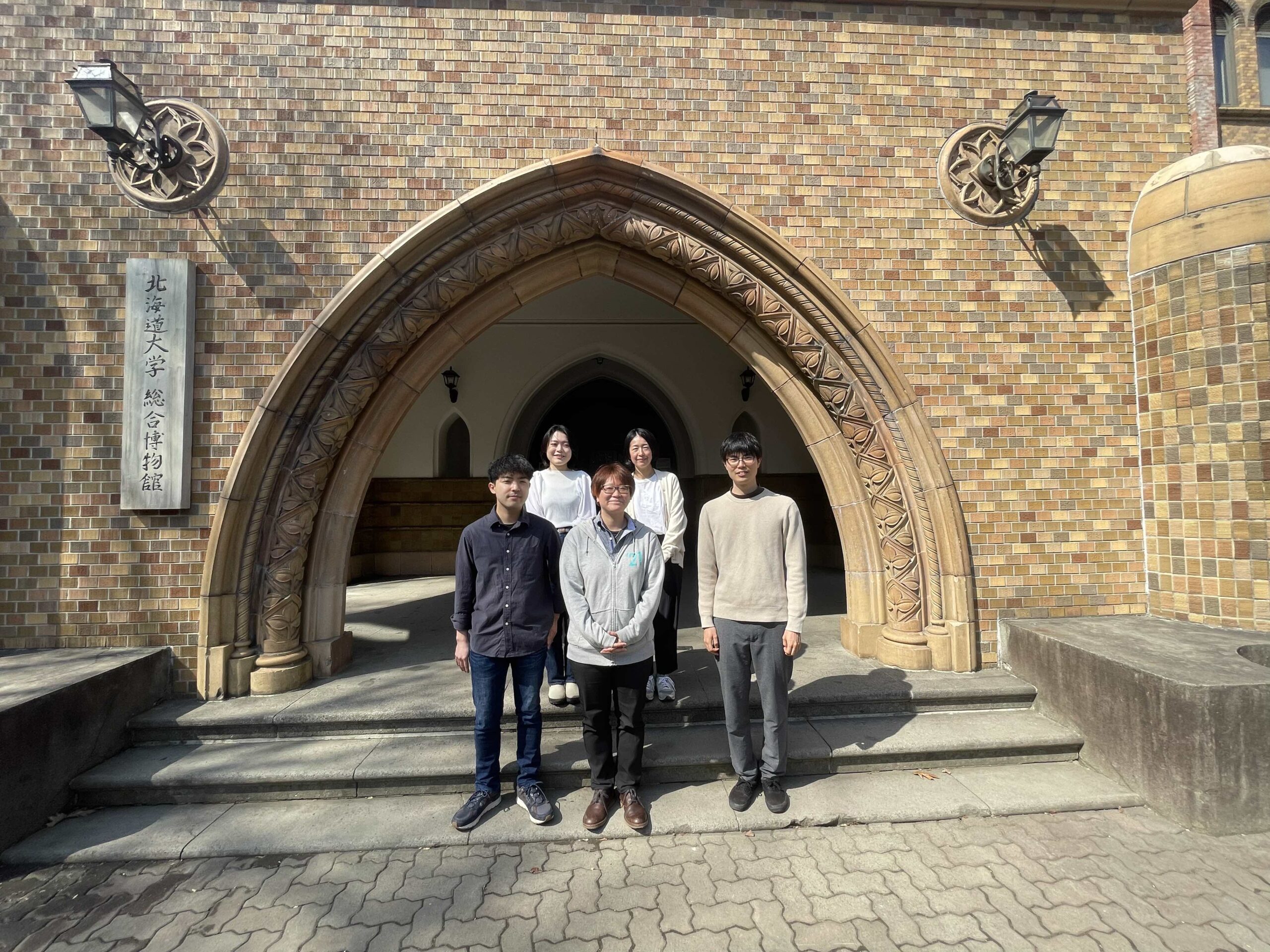
| Academic degree | Ph. D. |
| Self Introduction | I am from Tottori. My hobbies are sleeping, dreaming, driving, and bathing in hot springs. I am a groupie of Rika Ishikawa and Masaki Sato (Morning Musume. OG). |
| Academic background | 2006 B.S. College of Biological Science, Second Cluster of Colleges, University of Tsukuba 2008 M.P.A.S. Graduate School of Comprehensive Human Sciences, University of Tsukuba 2009 JSPS Research Fellowship (DC2), National Institute for Physiological Sciences 2011 Ph.D. Department of Physiological Sciences, School of Life Science, The Graduate University for Advanced Studies (SOKENDAI) 2011 JSPS Postdoctoral fellow, National Institute for Physiological Sciences 2013 JSPS Postdoctoral fellow, Nagoya University 2014 JSPS Postdoctoral Fellow for Research Abroad/Research Associate, University of Strathclyde (UK) 2017 Assistant Professor, Tohoku University 2018 PRESTO Researcher, JST 2023- Lecturer, Hokkaido University |
| Affiliated academic society | Japanese Society of Sleep Research, The Japan Neuroscience Society, Society for Neuroscience |
| Project | Fusion Oriented REsearch for disruptive Science and Technology |
| Room address | Science Building 5, 5-911 |

